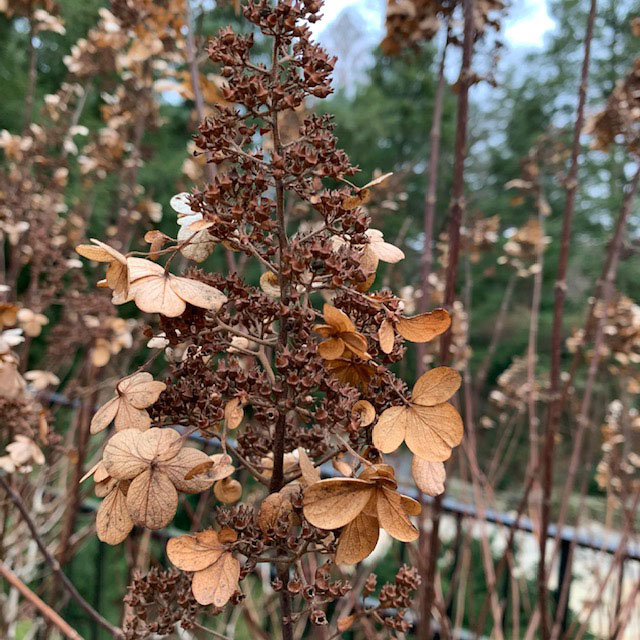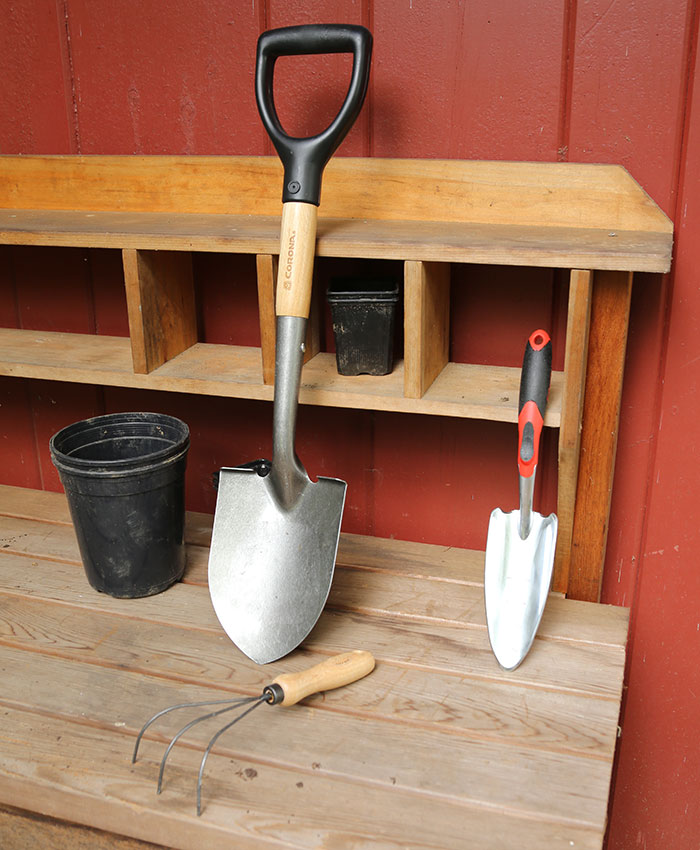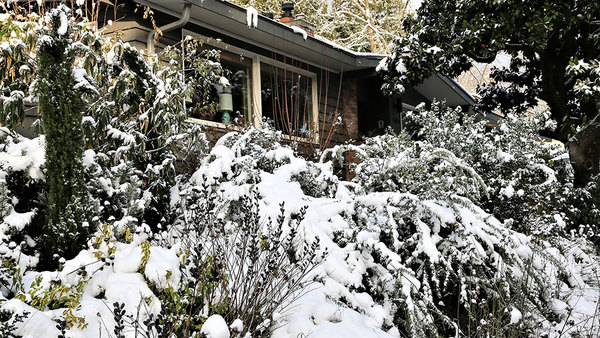
As every gardener knows, February is a bittersweet month. Yearning to be outside while the garden is dormant and often snow covered can be depressing for those who spend most of the year outside. However, February also provides a welcome break to catch up on tasks that the busy season does not allow time to accomplish.

Prune your dormant trees and shrubs. When these deciduous plants lack foliage, their frames can be clearly seen. Deadwood can be removed from any tree or shrub; when pruning for shape, shrubs flowering on new wood can be pruned now. For those flowering on old wood, wait to prune until after they bloom. For more information on how to prune trees and shrubs, see our Pruning Tips and Techniques collection.

Order your vegetable seeds. March is just around the corner, and so it’s time to start annual and vegetable seeds. Get the seed catalogs out and start shopping. This a great time to dream about all the new plants that can be added to the garden. Select Seeds and Floret are great sources for heirloom cutting flowers. Johnny’s Selected Seeds, Baker Creek Heirloom Seeds, and Happy Cat Farm are excellent sources for heirloom vegetable seeds.

Make a wish list of supplies. Take inventory of your tools, pots, plant stakes, and seed-starting supplies, and make a list of what you need or want this spring. Need some inspiration? Read on here. Need a compost bin? Shop around, or if you are feeling motivated, find plans to build your own. After finding what you need, organize your potting shed or garage and you’ll be ready to go for spring.

Plan changes to make to your garden. Take a walk around your winter garden and take some notes. A garden journal is a great tool to save those garden ideas that you might forget by the time spring is in full swing. What can you add for more winter interest? What would you like to see in spring and summer? Even if you are not a landscape designer, making a rough sketch of your garden will provide a visual for any editing that can be done or spaces that can be filled.

Take a class or workshop. Attending a conference, class, workshop, or webinar in person or online is a wonderful way to get inspired and network with fellow plantspeople during the winter months. Many public gardens and garden associations have a variety of continuing education programs. In the Mid-Atlantic region, botanical gardens such as Longwood Gardens in Kennett Square, Pennsylvania, Mt. Cuba Center in Hockessin, Delaware, and Morris Arboretum in Philadelphia have wonderful continuing education programs with a large selection of classes and workshops. The APGA (American Public Gardens Association) is also a great resource for finding local classes.
Although winter slows everyday activity in the garden, there are still many ways to keep your thumb green in February. While not always physically in the garden, these activities will keep you thinking about the next gardening season.
—Michele Christiano is a horticulture assistant at Longwood Gardens in Kennett Square, Pennsylvania.


















Comments
Log in or create an account to post a comment.
Sign up Log in